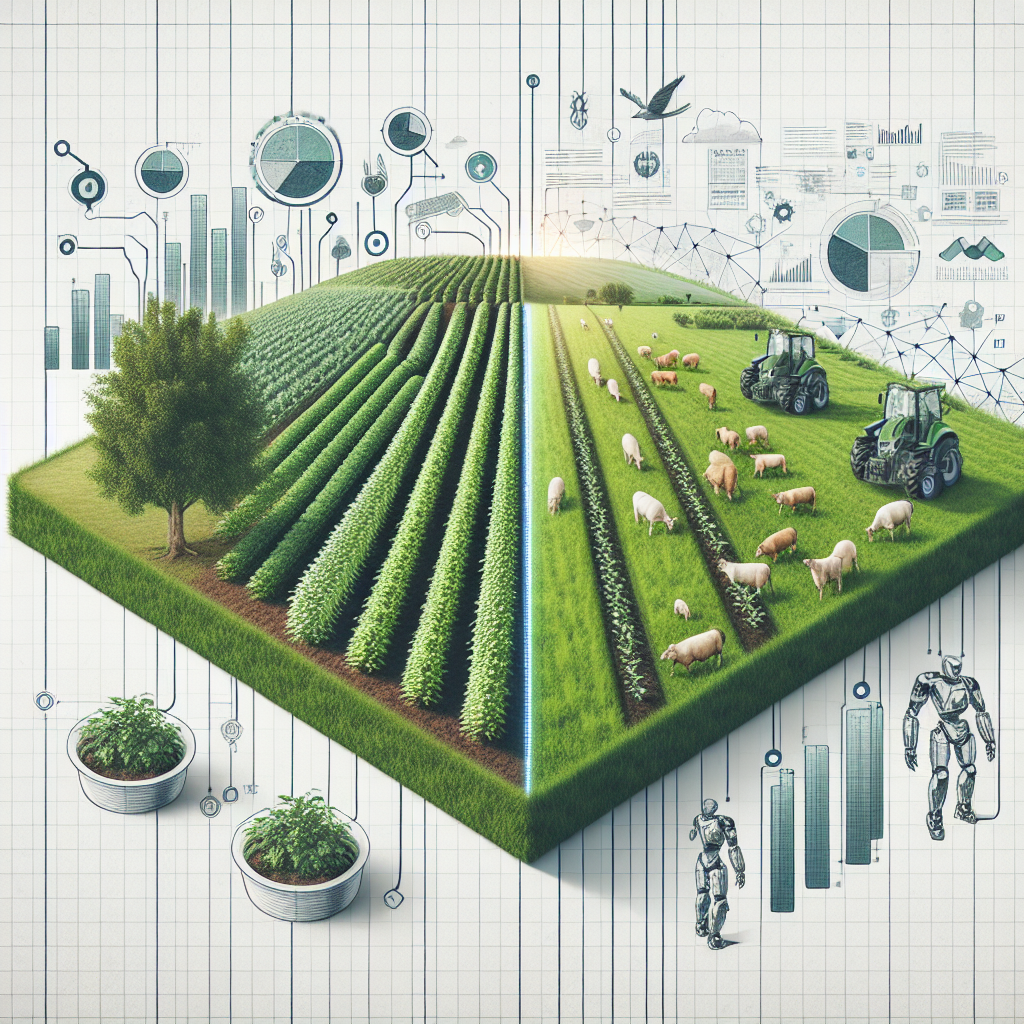The Potential of AI in Agroecology
Introduction
Agroecology is a holistic approach to agriculture that seeks to promote sustainable farming practices while also taking into account the social, economic, and environmental aspects of food production. In recent years, there has been a growing interest in using artificial intelligence (AI) to enhance agroecological practices and improve the efficiency and productivity of farming operations. AI has the potential to revolutionize the way we grow food, by providing farmers with real-time data and insights that can help them make more informed decisions about their crops and land management practices.
AI in Agroecology
AI can be used in a variety of ways to support agroecological practices. One of the key benefits of AI is its ability to collect and analyze vast amounts of data, which can help farmers better understand their land and make more informed decisions about how to manage it. For example, AI-powered drones can be used to collect data on soil health, crop health, and pest infestations, allowing farmers to identify issues early and take action to prevent crop loss.
AI can also be used to optimize the use of resources on the farm, such as water, fertilizer, and pesticides. By analyzing data on weather patterns, soil moisture levels, and crop growth, AI algorithms can help farmers determine the optimal timing and amount of inputs to use, reducing waste and minimizing environmental impact. This can help farmers improve the sustainability of their operations while also increasing their yields and profitability.
Another way AI can support agroecology is by enabling precision agriculture practices. By using AI-powered sensors and monitoring systems, farmers can track crop growth and health in real-time, allowing them to make adjustments to their management practices as needed. This can help farmers reduce the use of inputs, such as pesticides and herbicides, while also improving crop quality and yield.
AI can also help farmers better manage their farm operations by providing them with tools to automate routine tasks, such as irrigation and harvesting. By using AI-powered robots and machinery, farmers can reduce the need for manual labor and increase the efficiency of their operations. This can help farmers save time and money, while also reducing the environmental impact of their farming practices.
FAQs
Q: How can AI help improve soil health in agroecology?
A: AI can help improve soil health by providing farmers with data on soil moisture levels, nutrient content, and microbial activity. By analyzing this data, farmers can make more informed decisions about how to manage their soil, such as adjusting their irrigation practices or using organic fertilizers to improve soil fertility.
Q: Can AI help reduce the use of pesticides in agroecology?
A: Yes, AI can help reduce the use of pesticides by providing farmers with real-time data on pest infestations and crop health. By using AI-powered monitoring systems, farmers can detect pest outbreaks early and take targeted action to control them, reducing the need for broad-spectrum pesticides.
Q: How can AI support regenerative agriculture practices?
A: AI can support regenerative agriculture practices by helping farmers improve soil health, reduce waste, and increase biodiversity on their farms. By providing farmers with data-driven insights and tools to optimize their land management practices, AI can help farmers transition to more sustainable and regenerative farming systems.
Conclusion
The potential of AI in agroecology is vast, with the technology offering farmers new tools and insights to improve the sustainability and productivity of their operations. By using AI to collect and analyze data on soil health, crop growth, and resource use, farmers can make more informed decisions about how to manage their land in a way that supports the long-term health of the environment and the community. With the continued development of AI technologies, we can expect to see even greater benefits for agroecology in the years to come.

